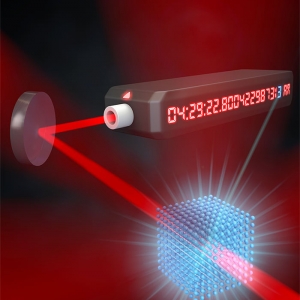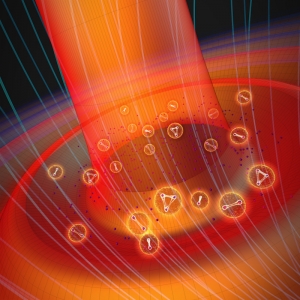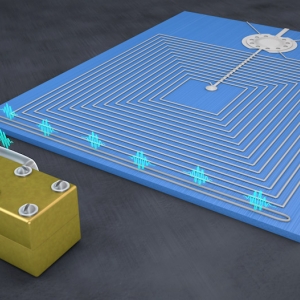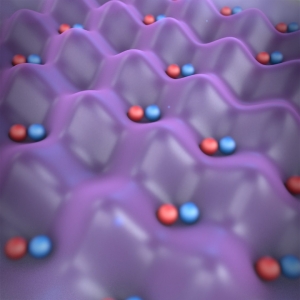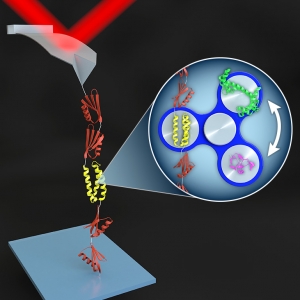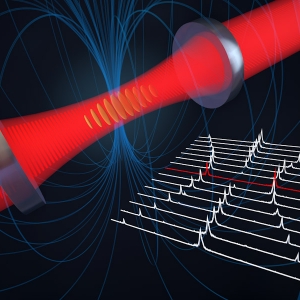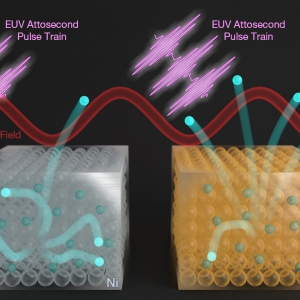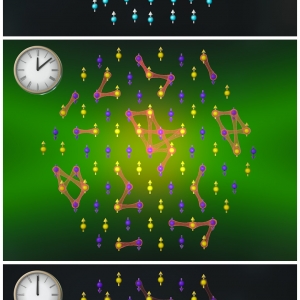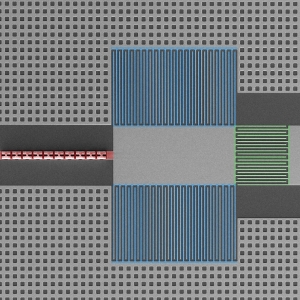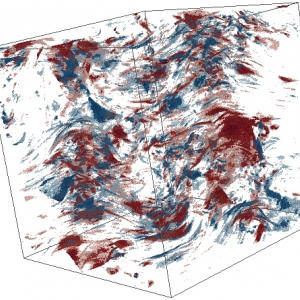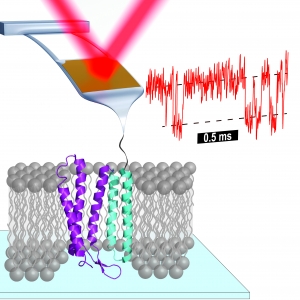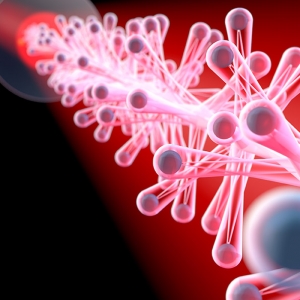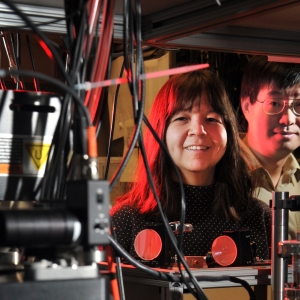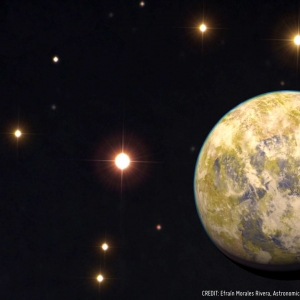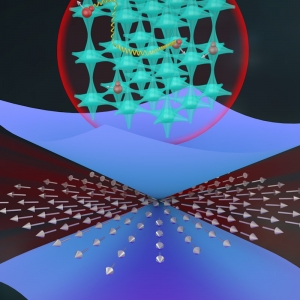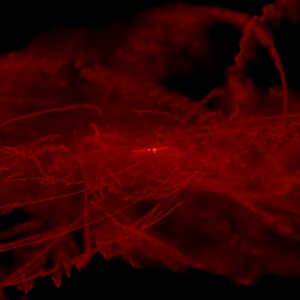Research Highlights
Displaying 181 - 200 of 507
Atomic & Molecular Physics | Precision Measurement
The Clock that Changed the World
PI(s):
Jun Ye
Atomic & Molecular Physics
It’s Triplets!
PI(s):
Eric Cornell | Deborah Jin
Nanoscience | Quantum Information Science & Technology
A New Quantum Drum Refrain
PI(s):
Konrad Lehnert
Atomic & Molecular Physics
Quantum Adventures with Cold Molecules
PI(s):
Ana Maria Rey | John Bohn | Jun Ye
Quantum Information Science & Technology
E.T. Phone Home
PI(s):
Graeme Smith
Astrophysics
Something New Under the Sun
Biophysics
Precision Biomechanics
PI(s):
Thomas Perkins
Laser Physics
Lassoing Colors with Atomic Cowpokes
PI(s):
James Thompson
Laser Physics | Nanoscience
The Electron Stops When The Bands Play On
PI(s):
Henry Kapteyn | Margaret Murnane
Atomic & Molecular Physics
The Ties That Bind
PI(s):
Ana Maria Rey
Precision Measurement
The Chameleon Interferometer
PI(s):
Cindy Regal | Konrad Lehnert
Precision Measurement
The Hunt Is On For The Axion
PI(s):
Konrad Lehnert
Laser Physics | Nanoscience
The Sharpest Images
PI(s):
Henry Kapteyn | Margaret Murnane
Astrophysics
The Fast and the Furious
PI(s):
Mitch Begelman
Biophysics
Vision Quest
PI(s):
Thomas Perkins
Atomic & Molecular Physics | Precision Measurement
Quantum Leaps
PI(s):
Ana Maria Rey | Jun Ye
Atomic & Molecular Physics
Molecules at the Quantum Frontier
PI(s):
Deborah Jin | Jun Ye
Astrophysics
Star Model
PI(s):
Jeffrey Linsky
Atomic & Molecular Physics | Quantum Information Science & Technology
The Beautiful Ballet of Quantum Baseball
PI(s):
Ana Maria Rey
Astrophysics
Dancing with the Stars
PI(s):
Mitch Begelman | Phil Armitage




